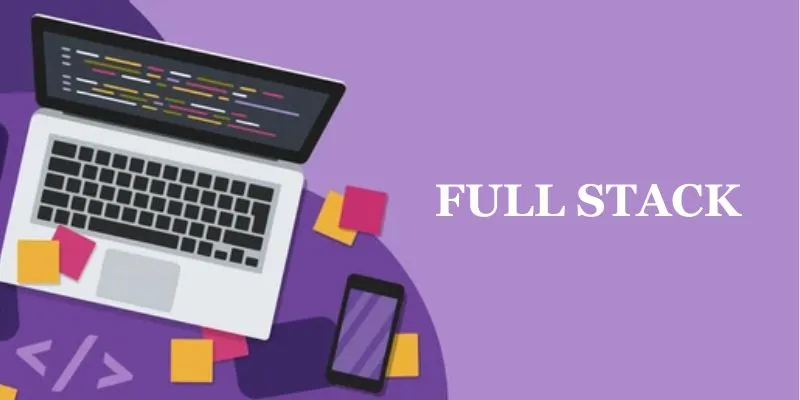
As a full-stack developer, you are responsible for managing both the front-end and back-end of applications. Ensuring security at every development layer is paramount to protecting sensitive data and maintaining user trust. Here are some essential Security Best Practices for Full Stack Developers to follow. If you’re looking to enhance your skills in this area, consider enrolling in a Full Stack Developer Course in Chennai to gain comprehensive knowledge and hands-on experience in building secure applications.
1. Understand the Security Landscape
Before diving into specific security measures, it’s crucial to understand the security landscape of the technologies you’re working with. Familiarize yourself with vulnerabilities like SQL injection, cross-site scripting (XSS), and cross-site request forgery (CSRF). Regularly review security advisories and updates for the frameworks and libraries you use.
2. Secure Authentication and Authorization
-
Implement Strong Password Policies
Encourage users to create strong passwords by enforcing minimum length requirements and the use of special characters, numbers, and both uppercase and lowercase letters. Additionally, implement two-factor authentication (2FA) to add an extra layer of security.
-
Use Secure Token-Based Authentication
Utilize token-based authentication methods such as JSON Web Tokens (JWT) to securely manage user sessions. Ensure that tokens are signed and encrypted, and set them to expire after a short period to minimize risk.
3. Protect Data with Encryption
-
Encrypt Sensitive Data
Always encrypt sensitive data both at rest and in transit. Use HTTPS to secure data transmitted between the client and server. Encrypt data stored in databases using strong encryption algorithms like AES-256.
-
Manage Secrets Securely
Store API keys, passwords, and other secrets securely using environment variables or secret management services. Avoid hardcoding these values in your source code. For more in-depth learning on secure development practices, consider taking a Full Stack Developer Online Course offered by FITA Academy to enhance your skills and knowledge.
4. Sanitize User Inputs
-
Prevent SQL Injection
Always use prepared statements and parameterized queries to prevent SQL injection attacks. Avoid building SQL queries with string concatenation that includes user inputs.
-
Mitigate XSS Attacks
Sanitize and validate all user inputs to prevent XSS attacks. Use output encoding to ensure that any data displayed in the browser is properly escaped.
5. Implement Secure Development Practices
-
Keep Dependencies Up to Date
Regularly update your dependencies and third-party libraries to ensure that you are protected against known vulnerabilities. Use tools like Dependabot or Snyk to automate this process and receive notifications about outdated packages.
-
Conduct Code Reviews and Security Testing
Incorporate regular code reviews and security testing into your development process. Use static analysis tools to identify potential security issues in your code. Conduct penetration testing to uncover vulnerabilities that might be missed during regular testing.
6. Monitor and Respond to Security Incidents
-
Set Up Logging and Monitoring
Implement comprehensive logging and monitoring to detect suspicious activities. Use centralized logging systems and monitoring tools to keep track of security events and system behavior.
-
Have an Incident Response Plan
Develop and maintain an incident response plan to handle security breaches effectively. Ensure that your team knows the procedures to follow in case of a security incident, including communication protocols and steps to mitigate the damage.
Security is an ongoing process that requires vigilance and continuous improvement. By following these Security Best Practices for Full Stack Developers can build more secure applications, protect user data, and maintain trust. Stay informed about the latest security trends and incorporate security measures into every stage of your development workflow. To further enhance your expertise, consider enrolling in a Full Stack Developer Course in Bangalore to stay ahead in the field and ensure your applications are robust and secure.
Also Check: Full Stack Developer Skills, Roles and Responsibilitie
